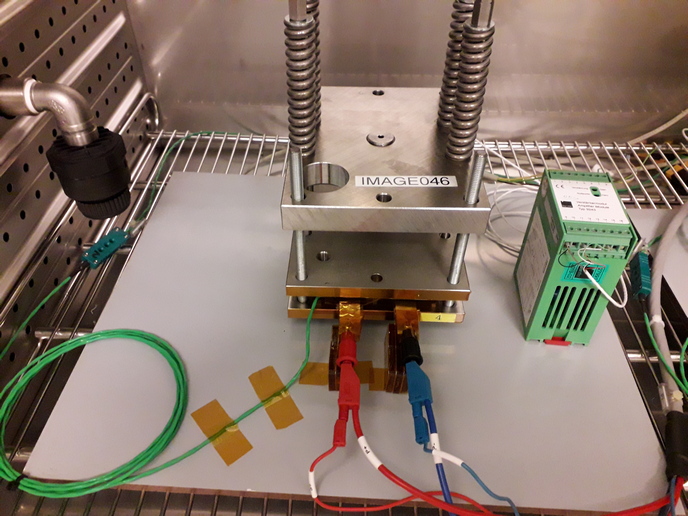Merging solid-state and ultracold physics
When atoms are cooled down to extremely low temperatures, close to the absolute zero, their quantum mechanical properties become important. The EU-funded project HYCODE (Atom chips on the submicron scale: Routes to hybrid cold atom-quantum electronics devices) is preparing thin graphene membranes to trap ultracold atoms. Bringing them a few microns apart, scientists will achieve efficient, fast and sufficiently strong controlled coupling between the atomic and solid-state system. Due to its high electron mobility, graphene allows generating sufficiently high currents to produce magnetic traps for ultracold atoms at room temperature. Scientists are focusing on reducing attraction forces arising between graphene membranes, decreasing thermal noise and producing defective graphene. The project approach for manufacturing graphene membranes is to place them on an isolated copper grid and use laser light to form paths for current. Such wires should then generate magnetic fields that will act as atom traps. Scientists have set up an ultra-high vacuum chamber to carry out the experiment with the cold atoms. In addition, they have developed a dual-colour magneto-optical trap that captures and cools atoms down to almost the absolute zero. Merging solid-state and atomic physics should lead to massive synergistic effects and new physics. Project work should significantly contribute to fast development of novel hybrid systems for use in quantum information processing or quantum metrology.







